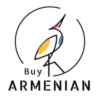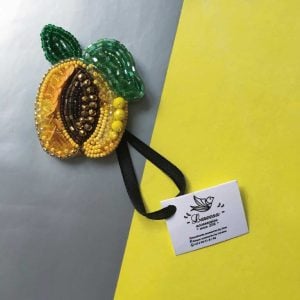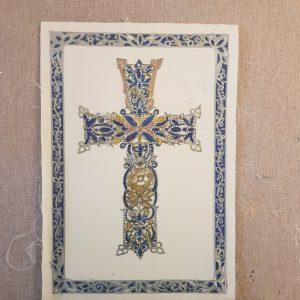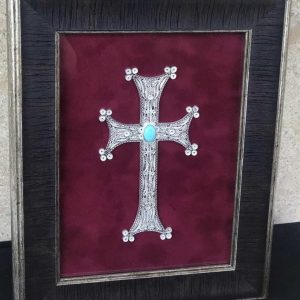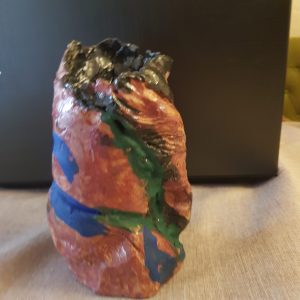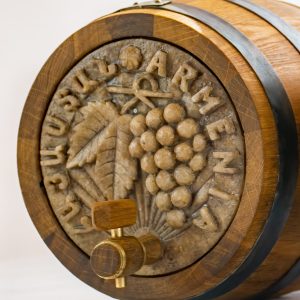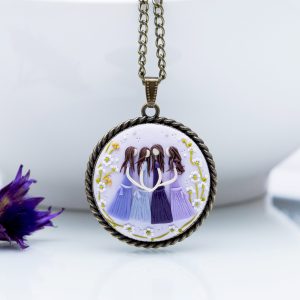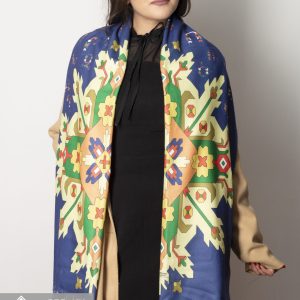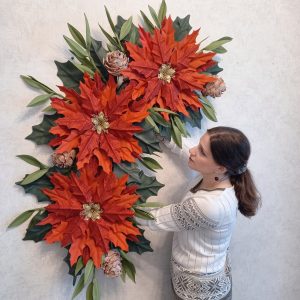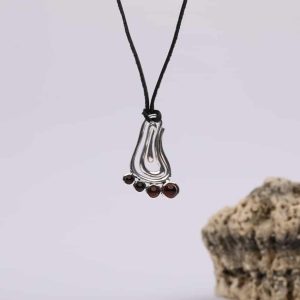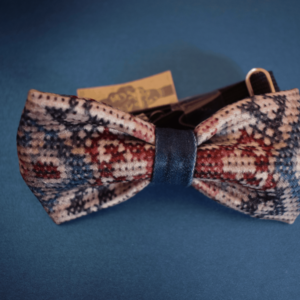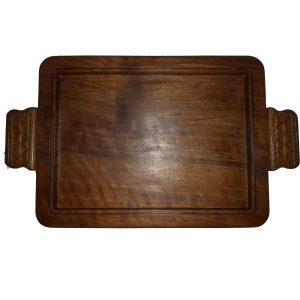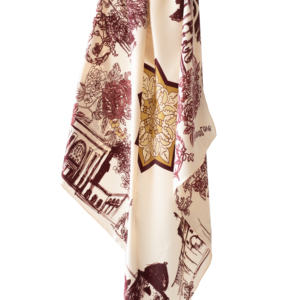- “Handmade Bag” already exists in your wishlist
-
“Apricot” Brooch
Apricot beaded brooch (pin)
$35.00 Buy 2 to get 8% discount“Apricot” Brooch
$35.00 Buy 2 to get 8% discount -
Armenian Cross
Batik. Armenian cross. Painting on the textile.
$34.00$39.00Armenian Cross
$34.00$39.00 -
Framed Silver Cross
Handmade Armenian Cross with the style filigree. The stone is natural “Firuz”.
The Cross’s length is 16 cm, the width is 9 cm, The weight of the silver Cross is 32 grams.
The frame’s length is 30 cm, the width is 24 cm.Processing time 10 business days.
$290.00Framed Silver Cross
$290.00 -
-
“Four Sisters” Lilac Necklace
Վզնոց պոլիմերային կավից, Four Sisters, Չափը 35 մմ, շղթայով 76 սմ. Շրջանակը բրոնզե է։
$65.00 -
Armenian Cashmere Scarf
Material: Cashmere
Colors: Blue
Weight (kg): 0.25 kg + 0.15 kg packing
Packing: Has a bag, a box and a catalogue
Size (cm): 175 x 73
Product code: SW017$100.00$135.00Armenian Cashmere Scarf
$100.00$135.00 -
Christmas Garland
Christmas poinsettia garland with snowy cones for outdoor indoor decoration
Each sparkling poinsettia is 50 cm in diameter
the leaves are flexible and it is very easy to hang it up.$165.00Christmas Garland
$165.00 -
“Achilles Heel” Silver Pendant
925 հարգի արծաթե կախազարդ
$50.00 -
“Armenian Ornament” Bow Tie
The bow tie is printed by Armenian unique ornaments created by Arpi Avdalyan.
$14.00“Armenian Ornament” Bow Tie
$14.00 -
Walnut Winged Holder Tray
Armenian Walnut Wood
Hand Carved – No Joints – Single Piece Wood
Handles Hand Engraved
Size: 40cm x 30cm x 3cmBorder Width: 3cm
$135.00Walnut Winged Holder Tray
$135.00 -
“Yerevan Love” Scarf
Inspired by the city of Yerevan and the love each and every Armenian feels for the city.
The history of Yerevan dates back to the 8th century BCE, with the founding of the fortress of Erebuni in 782 BCE by King Argishti I at the western extreme of the Ararat plain. Erebuni was “designed as a great administrative and religious centre, a fully royal capital.” By the late ancient Armenian Kingdom, new capital cities were established and Yerevan declined in importance. Under Iranian and Russian rule, it was the center of the Erivan Khanate from 1736 to 1828 and the Erivan Governorate from 1850 to 1917, respectively. After World War I, Yerevan became the capital of the First Republic of Armenia as thousands of survivors of the Armenian genocide in the Ottoman Empire arrived in the area. The city expanded rapidly during the 20th century as Armenia became part of the Soviet Union. In a few decades, Yerevan was transformed from a provincial town within the Russian Empire to Armenia’s principal cultural, artistic, and industrial center, as well as becoming the seat of national government.
With the growth of the Armenian economy, Yerevan has undergone major transformation. Much construction has been done throughout the city since the early 2000s, and retail outlets such as restaurants, shops, and street cafés, which were rare during Soviet times, have multiplied. As of 2011, the population of Yerevan was 1,060,138, just over 35% of Armenia’s total population. According to the official estimate of 2016, the current population of the city is 1,073,700. Yerevan was named the 2012 World Book Capital by UNESCO.[28] Yerevan is an associate member of Eurocities.$110.00
